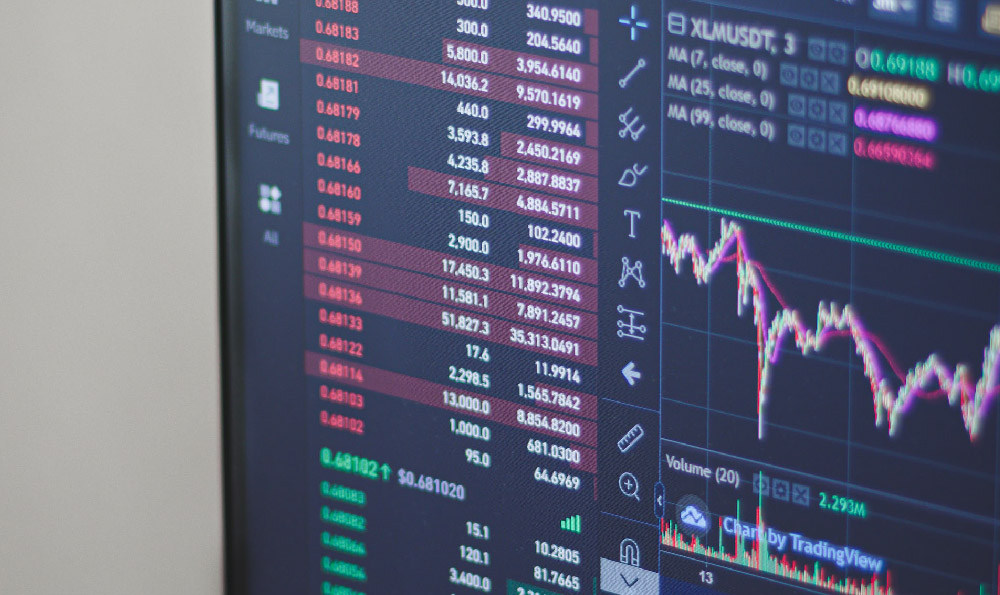
In the ever-evolving digital landscape of 2023, Pinterest has emerged as a dynamic platform for monetization, offering both creators and marketers unique opportunities to generate income. With over 450 million monthly active users, the platform’s visual-centric nature and strong emphasis on discovery make it a valuable tool for leveraging earning potential. However, success on Pinterest requires a strategic approach that aligns with user behavior, platform trends, and the evolving priorities of its audience. By understanding the nuances of content creation, ad optimization, and partnership opportunities, individuals can unlock sustainable income streams while mitigating common pitfalls.
Pinterest users often seek inspiration for lifestyle, home decor, fashion, and DIY projects, making the platform an ideal arena for content-driven monetization. One of the most viable strategies involves building a niche-specific presence through high-quality, engaging visuals. A well-curated board that addresses trending topics or underserved markets can attract a dedicated audience, increasing visibility and fostering organic growth. For instance, focusing on eco-friendly living or budget-friendly travel may tap into growing consumer interests, allowing creators to position themselves as authorities in these areas. Consistency is key—regularly updating content with fresh ideas, ensuring that each pin offers value, and optimizing descriptions with relevant keywords can significantly boost engagement.
Beyond personal branding, Pinterest’s advertising ecosystem provides lucrative opportunities for businesses and influencers. The platform’s ad system allows for targeted campaigns based on user interests, search history, and demographic data, ensuring that promotional content reaches the right audience. However, the effectiveness of these ads hinges on alignment with user intent. Pinterest users are primarily searching for solutions, products, or inspiration, which means that ads must follow a “search intent” model rather than a purely promotional one. For example, an ad for a yoga mat should emphasize benefits like comfort, portability, or eco-friendliness, rather than just price. Additionally, the platform’s “shopping ads” and “video ads” have seen increased adoption, offering creators and brands the chance to monetize through direct sales or product showcases.

Another effective approach involves integrating Pinterest with other digital revenue streams. Many successful creators combine Pinterest with YouTube, Instagram, or TikTok to amplify their reach and diversify income. For instance, a fashion influencer might use Pinterest to showcase outfit ideas, then direct traffic to their Instagram shop or YouTube tutorials for deeper engagement. This cross-platform strategy not only enhances brand credibility but also creates a more resilient income model. Moreover, Pinterest’s “Pins” can serve as valuable tools for link building, with high-traffic boards acting as gateways to external content, blog posts, or product pages. Strategic use of keywords in pin titles and descriptions ensures that these links are discovered by users actively seeking related information.
As with any digital marketplace, the potential for scams and misleading practices on Pinterest necessitates a cautious approach. Some users may fall prey to fake followers, spammy boards, or deceptive affiliate partnerships. To safeguard against these risks, it is essential to vet collaborations carefully, ensuring that they are transparent and aligned with ethical standards. Additionally, avoiding overly aggressive promotion in favor of authentic engagement helps maintain a positive relationship with the Pinterest community. Monitoring analytics to identify unnatural spikes in traffic or engagement can also signal potential bot activity or fraudulent practices, allowing creators to adjust their strategies accordingly.
The success of Pinterest monetization strategies is deeply tied to understanding user behavior and platform trends. In 2023, Pinterest has placed greater emphasis on video content and search functionality, with users spending 25% more time on the platform compared to 2022. This shift underscores the importance of adapting strategies to include rich media formats and optimizing for search. Content that is visually striking, informative, and aligned with user intent tends to perform better in organic search results. For example, video tutorials that demonstrate how to create a DIY project or review a product may rank higher than static images alone. Similarly, the use of keyword-rich phrases in board titles and pin descriptions ensures that content is discoverable by users actively looking for specific solutions.
For businesses looking to monetize through Pinterest, paid advertising remains a cornerstone. Pinterest Ads offer a unique advantage by allowing brands to target users in the “idea stage” of their purchasing journey, which is critical for products with longer sales cycles. Unlike traditional social media platforms, Pinterest users are more likely to engage with content that aligns with their intended actions, such as comparing products or planning purchases. This makes the platform an excellent choice for industries like beauty, home goods, and food, where users often use Pinterest to explore options before making a decision. However, the cost of engagement on Pinterest is generally higher than on other platforms, which means that marketers must balance budget allocation with strategic placement and creative quality.
In addition to these strategies, the growth of Pinterest as an e-commerce tool has opened new avenues for monetization. The platform’s integration with Shopify and other e-commerce platforms allows creators to design custom products, sell merchandise, or drive traffic to their online stores. This trend has been further accelerated by the increasing number of users who use Pinterest to search for products directly, with 72% of users using the platform as a source of product inspiration. By creating shoppable pins or using Pinterest’s “Product Ads,” businesses can streamline the purchasing process and convert engagement into sales with minimal friction.
Finally, staying ahead in the competitive Pinterest ecosystem requires continuous learning and adaptation. The platform’s algorithm and user preferences evolve annually, making it crucial for creators to remain agile. Analyzing trends, experimenting with new formats, and engaging with the community through comments and collaborations can help maintain relevance. Moreover, investing in tools that track performance, such as Pinterest Analytics or third-party platforms for content optimization, ensures that monetization strategies are data-driven and scalable. By combining creativity, strategic planning, and a deep understanding of Pinterest’s unique value proposition, individuals can turn the platform into a powerful tool for financial growth.